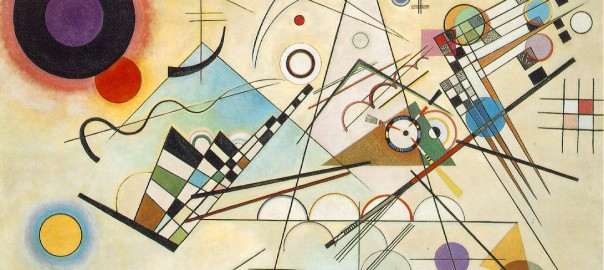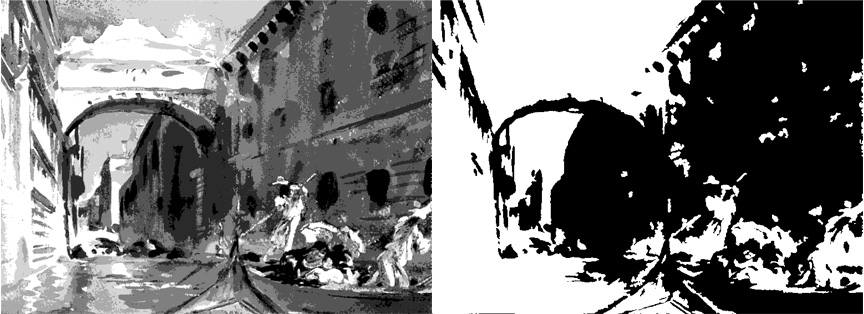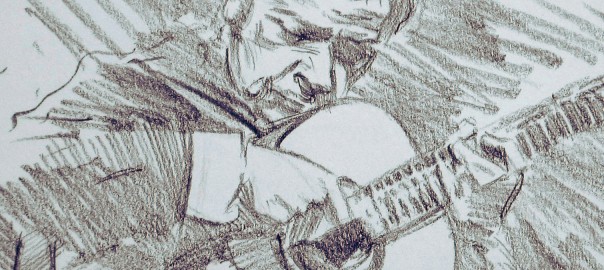The elements and principles of design are a kind of compositional toolkit; they make it possible to analyse and construct pictorial arrangements in a systematic way. The elements are the physical manifestations of the painter’s art, the raw materials – things like colour and value and line; the principles are the tools and techniques which are used to manipulate and organize the elements.
Unfortunately, although there is a scholarly feel to many of the accounts of the elements and principles (and in fact many of the references I’ve used are academic in origin), there are variations in the terminology and definitions from one source to another which tend to add confusion to an already complicated subject.
Continue reading Elements and principles of design: 1 →



